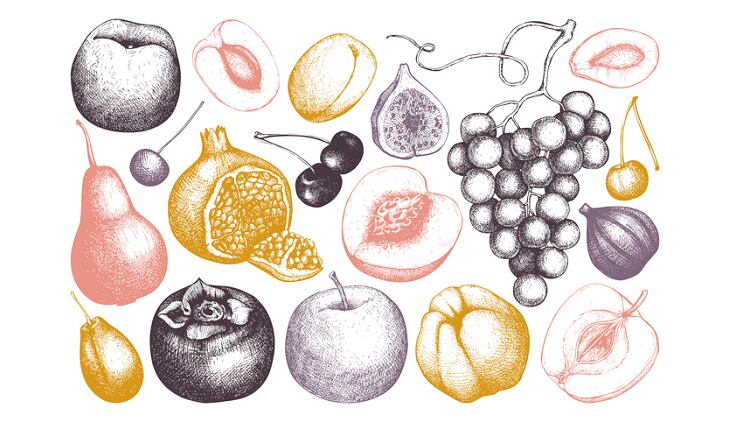Scientific Reports is an open-access online journal published by Springer Nature Publishing. The article—In-situ observation of collective bubble collapse dynamics in a quasi-two-dimensional foam—was written by Naoya Yanagisawa and Rei Kurita, who both work in the physics department at Tokyo Metropolitan University.
The article aims to get closer to understanding what happens to foams during collective bubble collapse (CBC): “The stability of foams is an important subject not only for fundamental science, but for applications in daily life,” write Yanagisawa and Kurita in the abstract. “The most destructive phenomenon underpinning foam collapse is a collective bubble collapse, yet the mechanism behind this is unclear.”
2 mechanisms
Observing foam created with tetradecyl trimethyl ammonium bromide (TTAB), glycerol, and deionized water, the researchers were able to document 2 behaviors: “one is the propagation of liquid film breakage via impact with the stream of another broken liquid film,” explains the article abstract. “The other is breakage of a distant liquid film due to penetration by a liquid droplet, emitted by impact with the flow of a broken liquid film.”
Basically, the first broken bubble either overwhelms the immediate neighboring bubbles with an infusion of liquid causing them to break or liquid from the first bubble sprays non-adjacent bubbles and the impact causes those bubbles to also break.
Next steps
According to Yanagisawa and Kurita’s work so far, altering the viscosity of a foam’s fluid doesn’t affect how many bubbles are broken or how fast they break.
“We also investigate the CBC phenomenon for different liquid fractions. As the liquid fraction increases, the velocity of the liquid droplet decreases, making it harder to penetrate liquid films. Instead of penetration, the liquid droplets bounce due to the elasticity of the liquid film. When the velocity becomes slower, the liquid droplet is absorbed into the other liquid film. We find that the absorption velocity is proportional to the osmotic pressure; an explanation for the scaling of other parameters is left for future work, along with an examination of the local dynamics of the first breakage to further clarify the collective collapse process,” explain the researchers in the summary section of their Scientific Reports article.
A writeup of the article, written by Tokyo Metropolitan University and posted on nanowerk.com, suggests that an upcoming study might look at “combining multiple surfactants to make the film more resistant to droplet impact” as a way to slow CBC.
Read Yanagisawa and Kurita’s full article here on nature.com.
---

Deanna Utroske, CosmeticsDesign.com Editor, covers beauty business news in the Americas region and publishes the weekly Indie Beauty Profile column, showcasing the inspiring work of entrepreneurs and innovative brands.




